The search is on for the missing submersible known as the Titan, which disappeared with five individuals on board. This peculiar vessel, controlled by none other than a PlayStation controller, features just one window for explorers to gaze through.
Authorities are currently scouring the area in pursuit of OceanGate's Titan, a 22ft carbon fiber and titanium craft that vanished during an expedition to witness the Titanic wreckage. The Coastguard estimates that those aboard have a limited oxygen supply, with a "life support" duration of 96 hours.
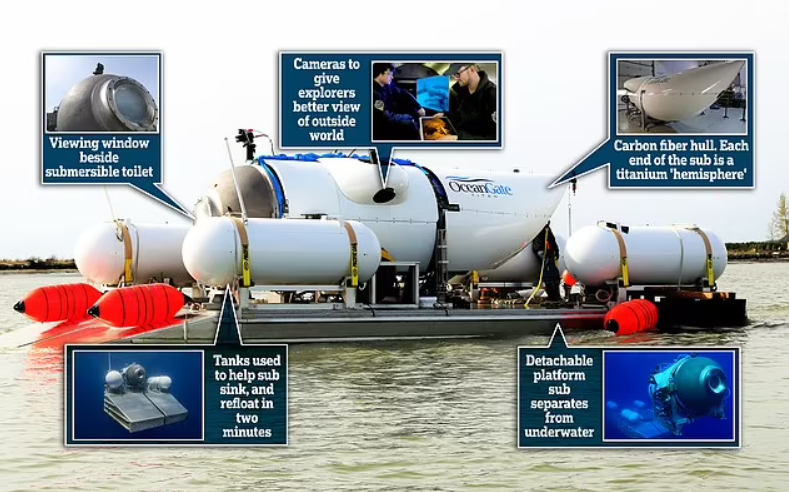
The missing Titan was last spotted off the coast of North America in the Atlantic Ocean. It is believed to have had a crew member and four passengers on board. The Boston Coastguard and Canadian Coastguard have joined forces in the search for this vessel, which is operated by OceanGate Expeditions.
What are the dimensions of the Titan submersible?
This remarkable vehicle measures 670 cm x 280 cm x 250 cm and has the capability to descend to depths of 4,000 meters. It weighs a substantial 10,432 kg and can reach a maximum speed of three knots, thanks to its Four Innerspace 1002 electric thrusters.
Equipped with a Sub C Imaging 4k Rayfin camera, Teledyne 2D sonar, 40,000 lumens of external light, and a 2G Robotics laser scanner, the Titan offers advanced technology for exploration. To maximize space for the crew and equipment, the electronic and thruster control pods are situated outside the pressure hull.
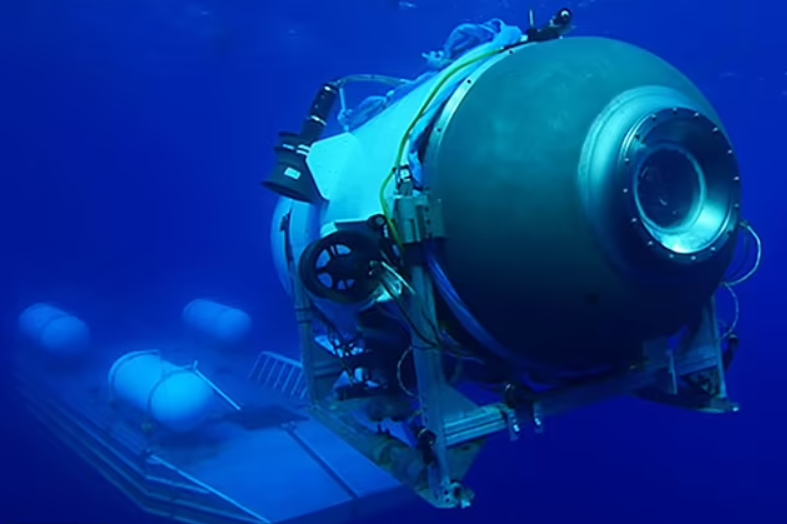
Curiously enough, the vessel also houses a toilet. However, guests aboard the Titan must be prepared to sacrifice some privacy, as this lavatory is conveniently located right next to the window.
How exactly is the Titan managed?
Surprisingly, this submersible is maneuvered using a reinforced PlayStation controller. However, it does not rely on GPS for guidance. Instead, a team on the surface sends text messages to provide directions. These messages are exchanged via an ultra-short baseline (USBL) acoustic system.
With a large digital display streaming a live feed from multiple exterior 4K cameras, the Titan ensures that explorers have a clear view of their surroundings. Additionally, this display also serves as the entrance to the aft equipment bay.
How does the launch and recovery process work?
The Titan requires a specialized recovery platform for its deployment. This platform utilizes tanks to submerge and resurface the vessel, eliminating the need for a large support ship or crane in coastal waters. To avoid surface turbulence, the platform gradually descends to 9.1 meters by flooding its flotation tanks with water.
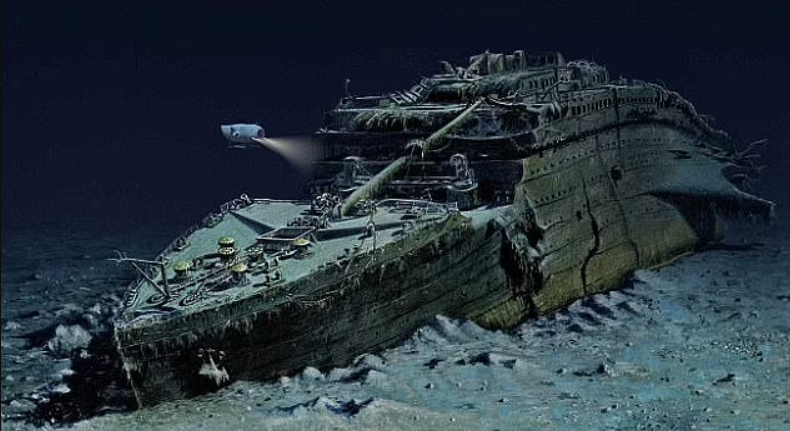
Once fully submerged, the platform utilizes a patented motion-dampening flotation system to remain connected to the surface while providing a stable platform underwater. At the end of each dive, the submersible lands on the submerged platform, and the entire system resurfaces within approximately two minutes by filling the ballast tanks with air.
It's worth noting that once the Titan reaches the surface, there is no immediate means of exit, as the occupants inside are secured by 17 bolts from the outside.
What is the vessel made of and by whom was it designed?
The Titan was meticulously crafted with an aerospace-grade carbon fiber hull, titanium end caps, and a dome. Engineers at NASA's Marshall Space Flight Center collaborated with OceanGate's team during the development of this submersible.
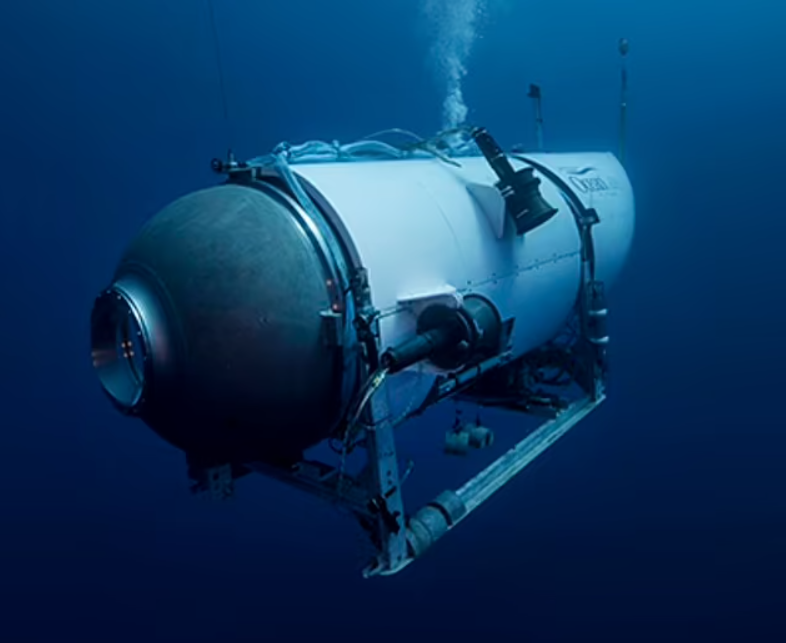
Featuring a filament-wound carbon fiber hull, the largest of any manned submersible, and two titanium hemispheres, the Titan showcases its engineering prowess. The forward dome hinges serve as the access hatch, ensuring easy entry and exit. Notably, the Titan boasts the largest viewport among deep-sea manned submersibles.
To prevent condensation from dripping on the crew and eliminate electrical ground faults, the Titan incorporates a fiberglass hull insert. Furthermore, it is equipped with a real-time hull health monitoring (RTM) system, enabling analysis of the vessel's structural integrity as it dives deeper and experiences changing pressure.
How many dive sessions are there?
Participants can embark on journeys lasting up to 10 hours each. During these expeditions, they spend a total of 10 days at sea aboard a larger ship. In a previous interview, OceanGate's CEO, Stockton Rush, mentioned that the subs have the capacity to accommodate five people and can reach the depths of the Titanic, which is halfway to the ocean floor.
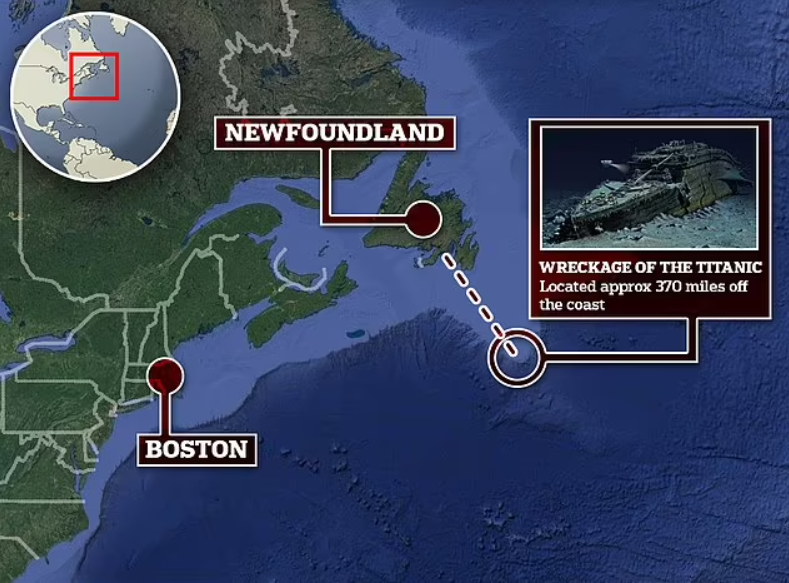
According to Rush, operating the Titan is a seamless experience as it eschews the complexity of switches and buttons. Instead, the submersible relies on touch screens and computers, enabling the pilot to become one with the vehicle. This close interaction among the crew fosters a sense of camaraderie and familiarity.
The 2023 expeditions mark only the third time that OceanGate has utilized the Titan. In the previous year, the submersible made ten dives to the Titanic wreckage over several weeks. While the exact number of completed dives remains unclear, it is evident that this trip is not the first of its kind this year.
The Titan belongs to the Cyclops-class series of submersibles, and OceanGate has been operating in the oceans since 2015, exploring depths of nearly 500 meters.
Who is the owner of OceanGate?
OceanGate is the brainchild of CEO Stockton Rush, who established the company in 2009. Rush oversees both the financial and engineering strategies of the organization. Additionally, he is a co-founder and member of the Board of Trustees of OceanGate Foundation, a non-profit organization launched in 2012.
Rush's aviation background is notable, as he earned his DC-8 Type/Captain's rating at the United Airlines Jet Training Institute, becoming the youngest jet transport-rated pilot in the world at the age of 19. He has also piloted as a first officer for Overseas National Airways.
In addition to his aviation achievements, Rush is an accomplished builder and pilot of experimental aircraft. He constructed a Glasair III experimental aircraft in 1989, which he still owns and flies. Furthermore, he developed a modified Kittredge K-350 two-man submersible and has completed over 30 dives in it.
Rush holds a BSE in Aerospace Engineering from Princeton University and an MBA from the U.C. Berkeley Haas School of Business, solidifying his expertise in both engineering and business realms.
Read more: Missing titanic-bound tourist submarine has only 70 hours of life support remaining






